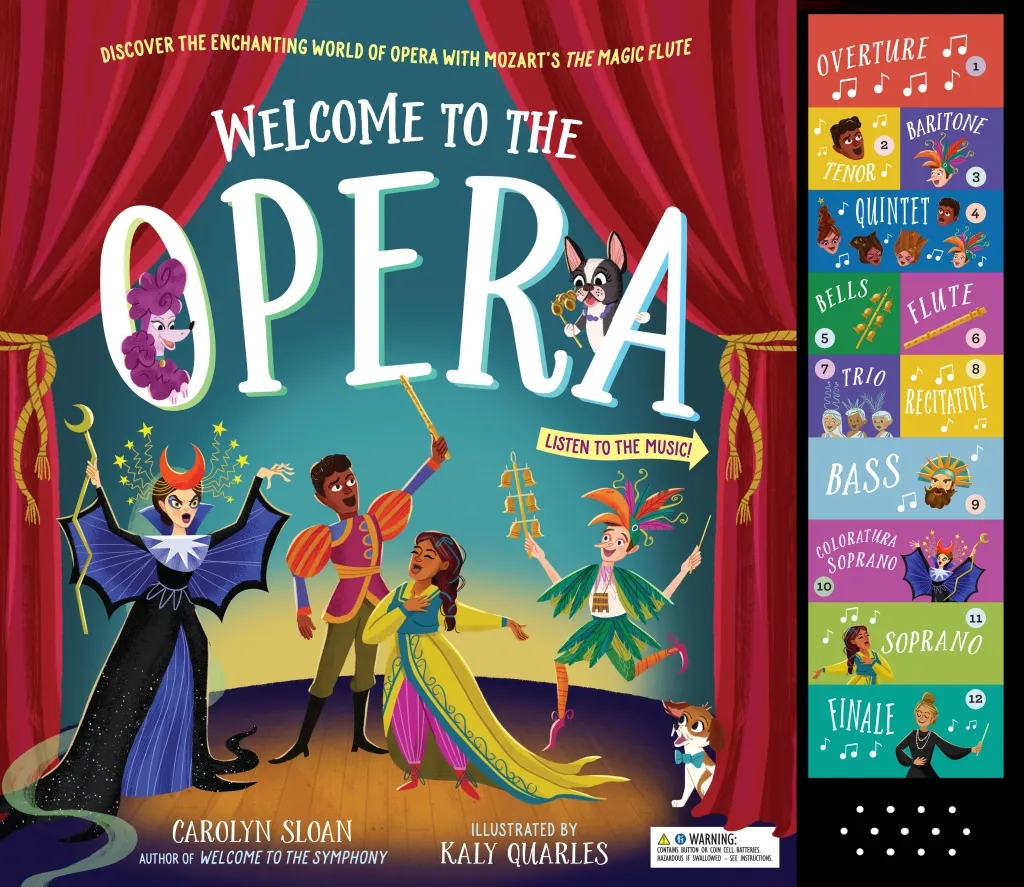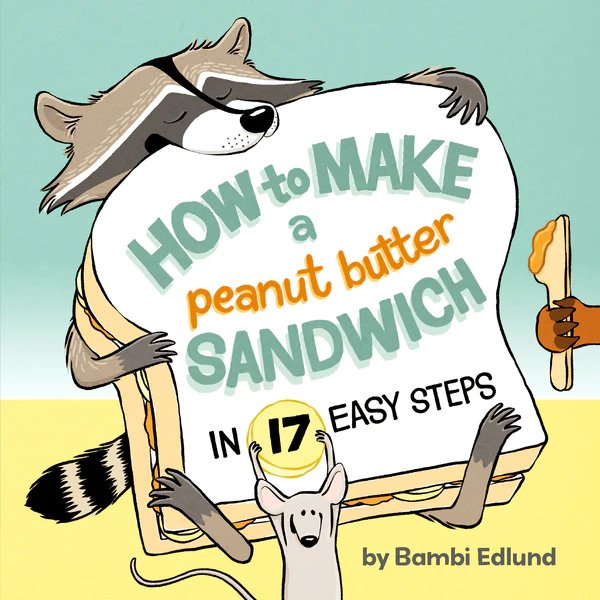- Review: Prairie Lotus by Linda Sue Park
- Source: ARC courtesy of Raincoast Books. Thank you!
- Publication: March 3, 2020 by Houghton Mifflin Harcourt

Prairie Lotus is a powerful, touching, multilayered book about a girl determined to fit in and realize her dreams: getting an education, becoming a dressmaker in her father’s shop, and making at least one friend. Acclaimed, award-winning author Linda Sue Park has placed a young half-Asian girl, Hanna, in a small town in America’s heartland, in 1880. Hanna’s adjustment to her new surroundings, which primarily means negotiating the townspeople’s almost unanimous prejudice against Asians, is at the heart ofthe story. Narrated by Hanna, the novel has poignant moments yet sparkles with humor, introducing a captivating heroine whose wry, observant voice will resonate with readers.

Linda Sue Park, who you may recognize as the award-winning author of A Single Shard, A Long Walk to Water, and Project Mulberry, brings readers Prairie Lotus, an exceptionally written, deeply reflective and moving historical fiction novel.
The year is 1880, and fifteen year old Hanna Edmunds and her father Ben have just arrived in LaForge in Dakota Territory. Since the death of Hanna’s Chinese-Korean mother a few years before, Hanna and her dad (who is white) have been on an uneasy journey, looking for just one relatively safe town to make their home. As a half-Asian girl in late nineteenth century frontier America, Hanna has experienced a countless number of racist, ill-informed verbal attacks and instances of shaming. Her father hopes that keeping their collective heads down- though perhaps more specifically, Hanna staying out of sight and “out of trouble”- will allow him open a successful dressmaking shop in LaForge. Hanna, however, wishes to realize one of her mother’s last wishes and one (silently-held) wish of her own: that she graduate from school and become dressmaker in her father’s shop. Though Hanna and Ben butt heads about her attending the town’s small school and the possible threats associated, Hanna is eventually granted her wish of attending. Prairie Lotus does not side-step revealing the uncomfortable truths of American frontier life and the (usually) undivided racism and prejudice facing Asians (and, as we see from Hanna’s vantage point, Native Americans). Laced throughout Hanna’s present-day of bearing the weight of xenophobic attacks from townsfolk, her father’s thorny emotions, being determined to prove herself in her studies and in dressmaking, and some sparks of possible new friendships, are: explorations into Hanna’s childhood, revealing moments with her mother, and how her mother and American-born father met and survived as an (at the time) unorthodox couple.
Gorgeously written, consequential and unforgettable, Prairie Lotus is highly recommended reading. Hanna- a mighty heroine- and her journey is at once captivating and heartrending- though not without flashes of hope. Of special note is Park’s (not to be missed) thorough and powerful Author’s Note at the book’s end, which outlines the author’s history with Little House on the Prairie and writing Prairie Lotus as a ‘counter’ to the series. Park not only details growing up as a fan of Little House on the Prairie– and later contending with the series’ many problematic representations– but also breaks down the research into some of the places, people, and historical events represented in Prairie Lotus.
I received a copy of this title courtesy of Raincoast Books in exchange for an honest review. All opinions and comments are my own.





Leave a comment